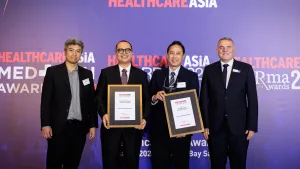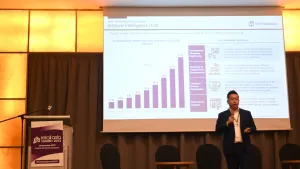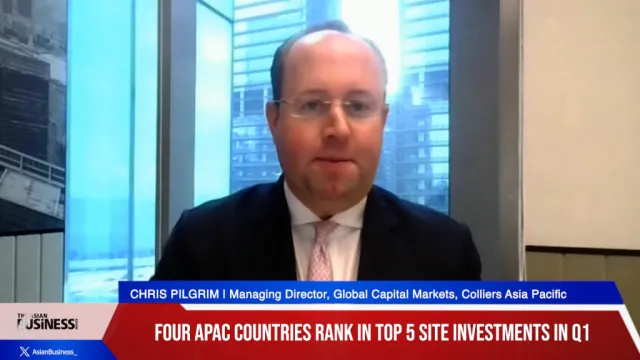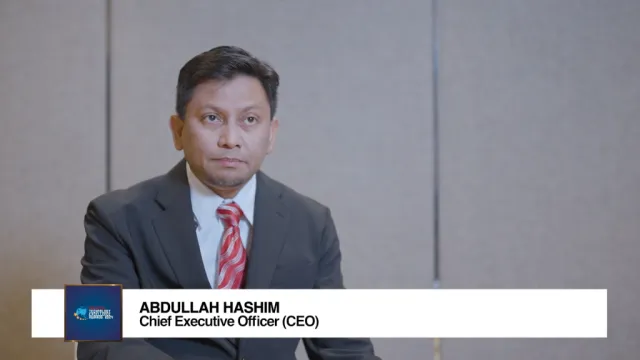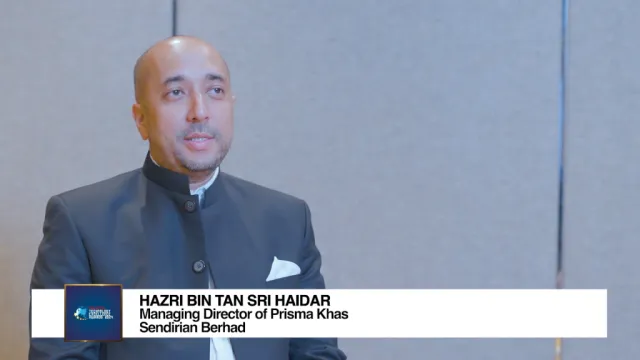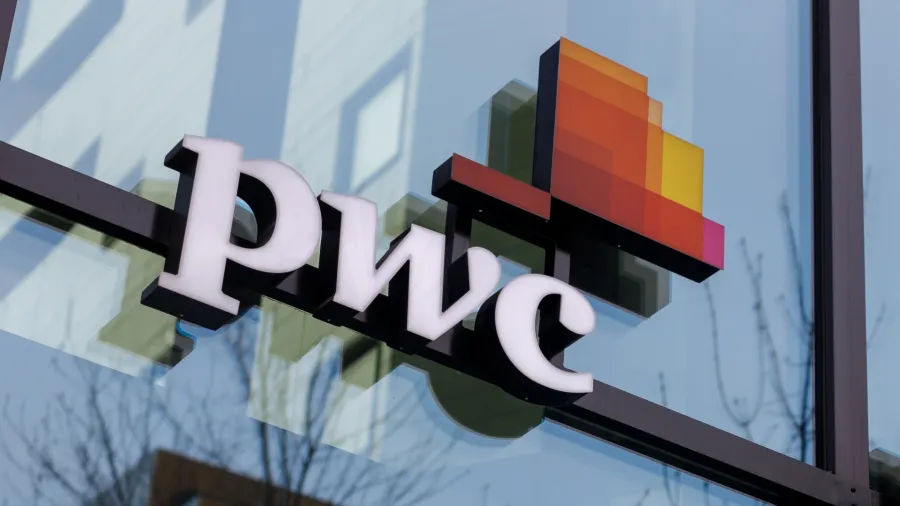
Identifying what drives retail market transformation
PwC Vietnam highlights the importance of understanding evolving customer demands and industry landscapes.
RAPID changes observed in the retail market merely follow the sudden shifts in consumer behaviour. Partly, this is brought about by advancements in technology and evolving market conditions.
“The market is actually under very tremendous pressure,” Hoa Pham Thi Ngoc, senior manager at PwC Vietnam, said when she spoke at the Retail Asia Forum at the Pullman Saigon Centre last March.
She said market transformations are driven by factors such as climate change, economic uncertainty, and technological integration, emphasising the importance of understanding evolving customer demands and industry landscapes.
“When you see the increased competition between domestic and international companies, there’s also a strong belief in omni-channel,” said Hoa.
She also noted ongoing integration of data technology and highlighted a shift from focusing on individual items to considering the entire customer journey.
She said fluctuating customer demands, especially with rising incomes and costs, are also prompting consumers to cut spending, particularly on non-essential goods.
Citing the PwC CEO survey released in December, 2023, Hoa pointed out that 60% of chief executive officers anticipate economic growth with the cloud, whilst over 63% doubt the sustainability of current business models beyond a decade.
Concerning consumers, more than 70% of the top bosses plan to reduce or delay purchases of non-exchange goods.
Hoa outlined common patterns that hinder the success of CEOs or companies on their journey. She said there’s often an excessive focus on growth without ensuring sustainable feasibility, resulting in rapid expansion without solidifying a loyal customer base or improving operational efficiency. This dilutes efforts and inflates costs.
There is a tendency to pursue functional silos, aiming for perfection in every domain, which leads to fragmentation rather than cohesion. This undermines adaptability and resilience, as organisations chase short-term trends without a clear long-term vision, ultimately losing focus and identity.
In attempts to become more agile, organisations may also excessively change their structures, causing confusion and eroding employee focus and trust.
Lastly, some companies try to streamline by becoming leaner but end up making across-the-board cuts without considering the impact on essential functions.
In this regard, Hoa drew attention to the factors hindering companies’ reinvention journey, including competing operational priorities such as efficiency, speed, cost-cutting, and improving quality.
“We see the gap between the workforce skills set and also we see the financial constraints limited in technology,” she said.
Rakesh Mani, a partner at PwC, also discussed the pressure on retailers due to inflation and changing consumer behaviour, emphasising the need for streamlining costs and investing in differentiating capabilities.
“The business is still quite traditional,” said Mani, who noted the ongoing importance of refining core retail operations.
Whilst acknowledging the allure of cutting-edge technologies like AI and e-commerce, he stressed on the importance of balancing innovation and practical realities.
He explained that in regions like India, e-commerce adoption is slower due to infrastructure limitations and consumer preferences for traditional trade, despite its promise in Western markets.
In light of these challenges, Mani stressed the importance of internal alignment and organisational agility.
“Don’t allow any holy cows to persist,” said Mani. “Things have just been this way because they've been around a certain way for a long, long time. Everything should be on the table and start to explore things end to end on what the levers are.”








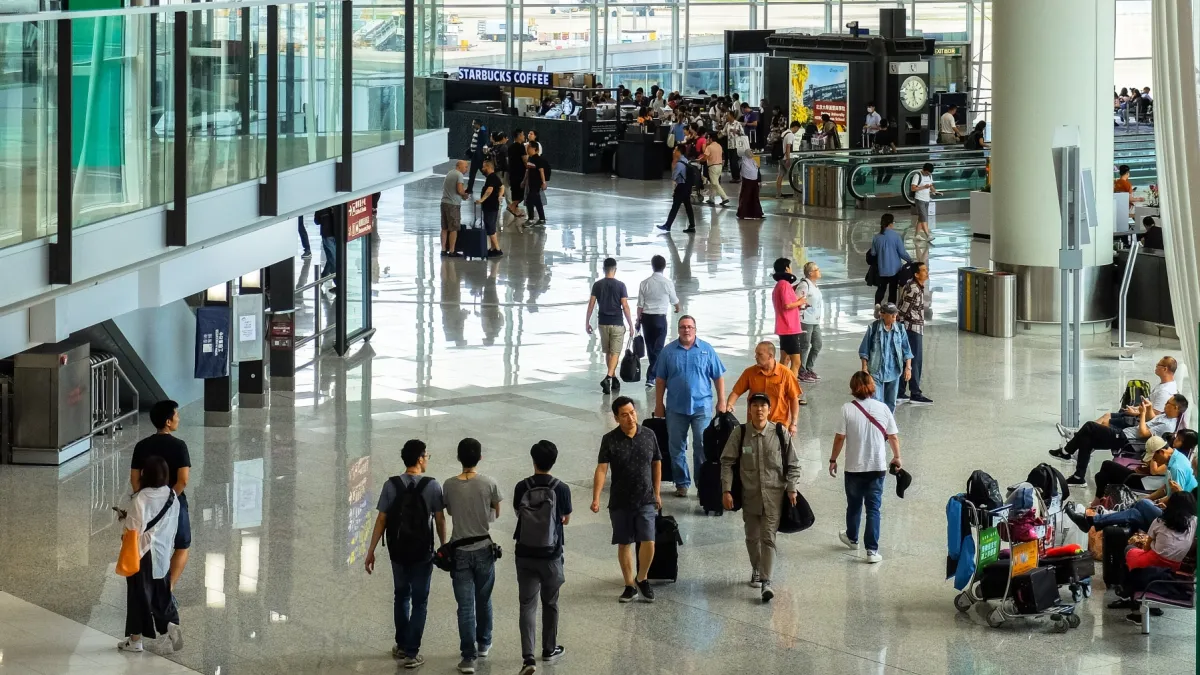
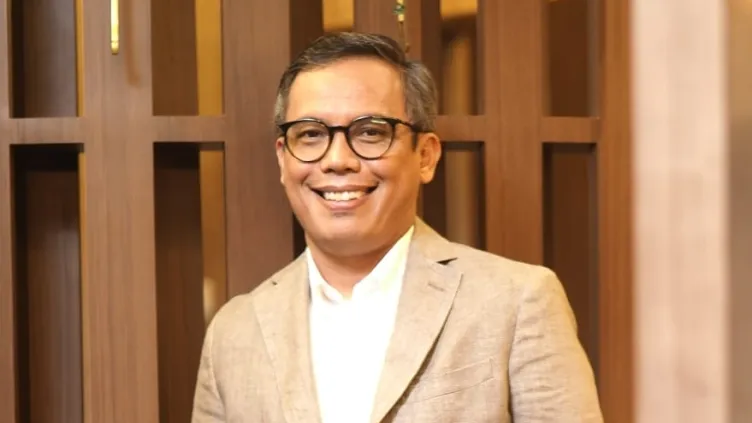
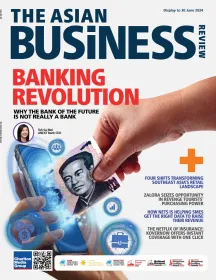
 Advertise
Advertise

